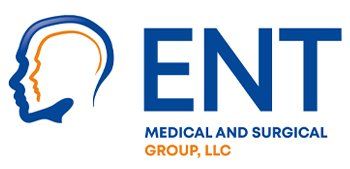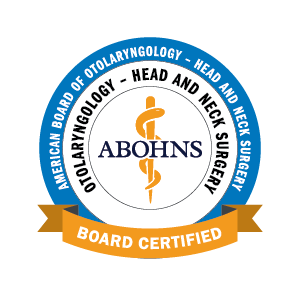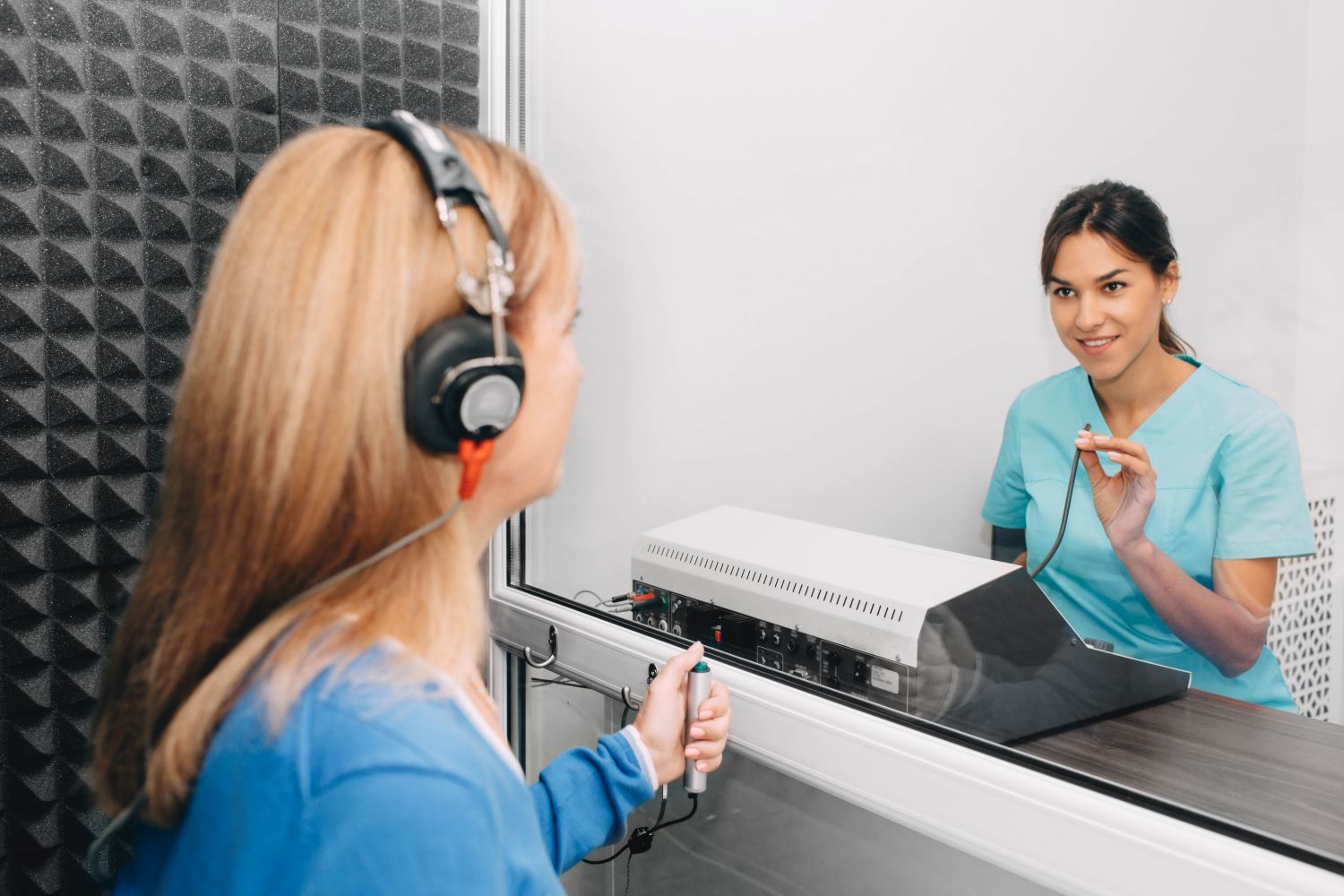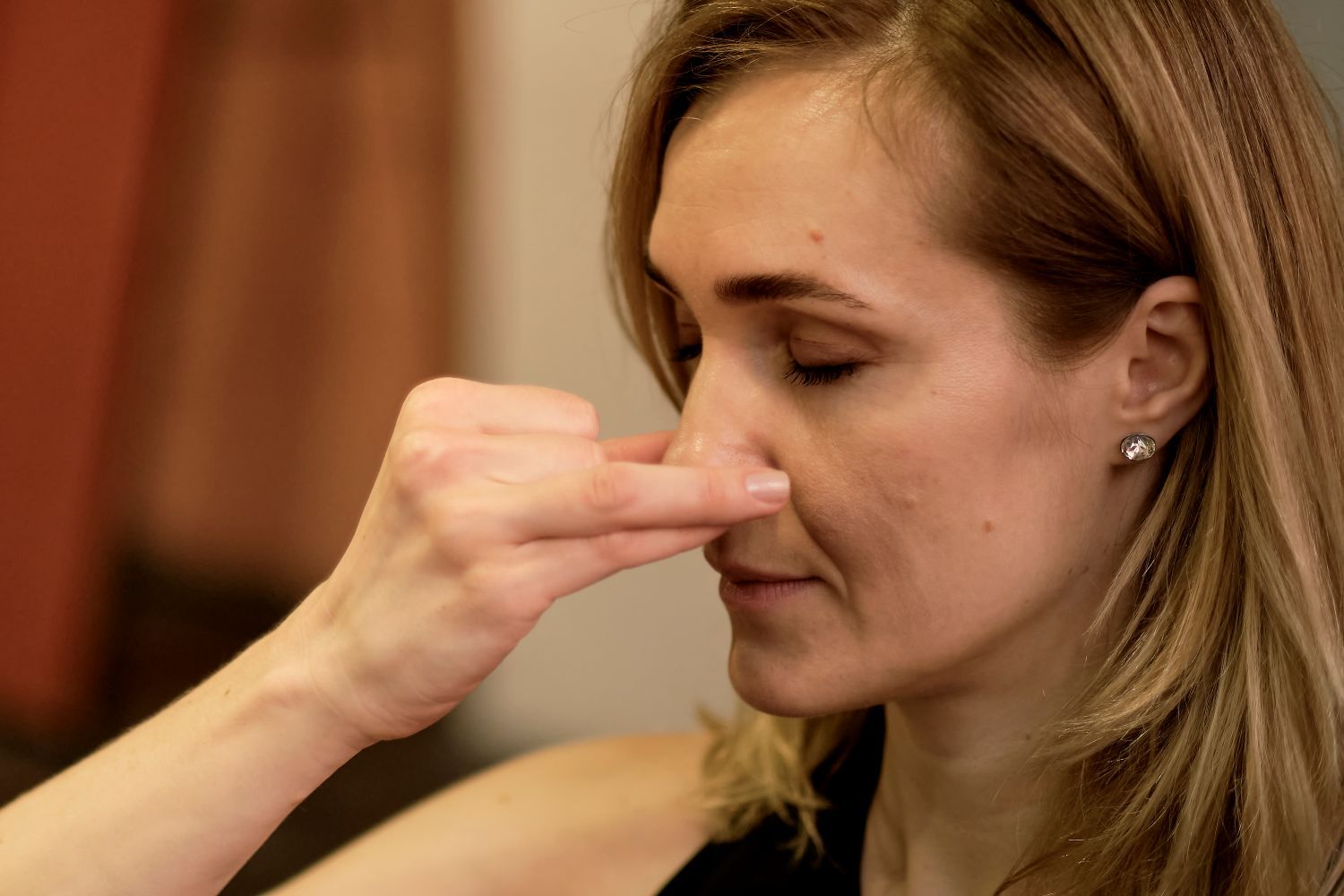Tips on How to Prevent Sinus Problems when Travelling
Traveling can be an exciting and enriching experience, but for individuals prone to sinus problems, it can also be a source of discomfort. The change in air pressure, dry cabin air, and exposure to allergens can all contribute to sinus congestion, pain, and headaches. However, with a few simple tips and precautions, you can minimize the risk of sinus problems and enjoy your travels to the fullest. Read on to learn some practical advice on how to prevent sinus problems while traveling.
Understanding Sinus Problems
Before we get into prevention tips, let's explore what sinus problems entail. The sinuses are air-filled cavities located in the skull, and when these cavities become inflamed or blocked, it can lead to discomfort and pain. Common triggers include changes in air pressure during flights, variations in climate, and exposure to dry air. The effects of sinus issues can range from mild congestion to more severe headaches, putting a damper on your holiday festivities.
Hydration Matters
Proper hydration is one of the simplest yet most effective ways to prevent sinus problems. The dry air in airplanes and heated spaces can dehydrate your body, affecting your sinus passages. So, drink plenty of water before, during, and after your trip to moisten your nose and throat.
Humidify Your Space
Combat dry air by incorporating a portable humidifier into your travel essentials, especially when flying or staying in hotels. Humidifiers add moisture to the air, preventing your sinuses from drying out and reducing the risk of irritation. Consider investing in a travel-sized humidifier to ensure better air wherever your holiday adventures take you.
Nasal Irrigation
Nasal irrigation is a proven technique for maintaining sinus health. Consider using a saline solution during your travels to flush out irritants and clear your nasal passages. This simple practice can reduce the risk of sinus issues and help you breathe more.
Choose Wisely
When planning your travel, consider factors that can impact your sinuses. Opt for flights when you're less likely to experience sinus troubles, such as early mornings when air pressure is more stable. Direct flights are preferable to cut the number of takeoffs and landings, which can exacerbate sinus discomfort.
Preparing for Air Travel
For those taking to the skies, air travel presents unique challenges for sinus health—to combat changes in air pressure by using earplugs or eardrops designed to equalize pressure. Also, choose a window seat, as this position can help mitigate the effects of pressure changes. Stay elevated by keeping your head upright, and avoid sleeping during descent.
Road Trip Essentials
If taking a road trip, you can still take precautions to protect your sinuses. Ensure proper ventilation in your vehicle to allow for fresh air circulation. Take regular breaks to stretch your legs. Keeping your blood flowing can help prevent sinus congestion. Be mindful of weather changes and adjust your travel plans accordingly.
Packing for Sinus Health
When packing for your trip, be sure to pack items that can help prevent or relieve sinus problems. Your checklist should include:
● Over-the-counter decongestants
● Pain relievers
● A travel-sized humidifier
● A mask
Remember any prescribed medications or over-the-counter remedies that can relieve sinus discomfort. Consider incorporating aromatherapy with scents known for their sinus-soothing properties.
Post-Travel Care
Upon reaching your destination, take steps for post-travel care. Continue your hydration routine, and if you experience any sinus discomfort, consider using relaxation techniques such as steam inhalation or gentle massages. If issues persist, familiarize yourself with local healthcare options for guidance on next steps.
The ENT Medical and Surgical Group is committed to your well-being and ensuring you have a comfortable experience with us. Get in touch with us and let us know how we can help! We genuinely care about your well-being and go above and beyond to ensure you have a comfortable experience with us.













